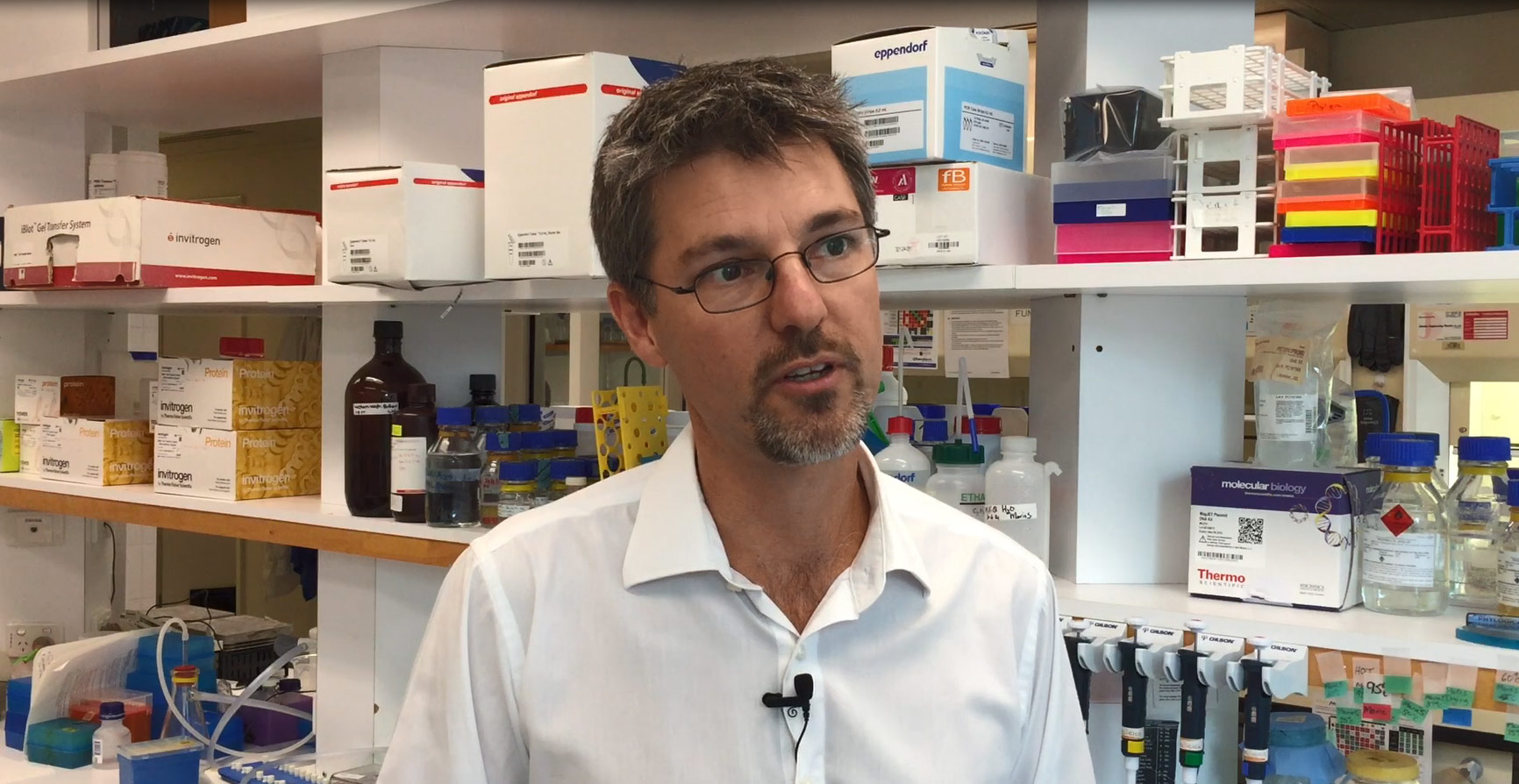Search
News & Events
Trying to beat asthma caused by exerciseProfessor Graham Hall is leading a study looking at exercise-related asthma in young children, and we need volunteers to take part.
News & Events
Telethon Institute research provides new insights into the cause of asthma attacksTelethon Institute for Child Health Research scientist Dr Anthony Bosco has been recognised for his cutting edge research investigating asthma attacks

News & Events
The Kids researchers awarded Raine Medical Research Foundation fundingCongratulations to Dr Gail Alvares and Dr Rachel Foong, who have been awarded funding from the Raine Medical Research Foundation.

News & Events
National Asthma Week: 10 things you need to know about asthmaAsthma affects about half a million Australian children and is one of the most common reasons why kids need to see a doctor or go to emergency.
Research
Many Healthy LungsIn partnership with Derbarl Yerrigan Health Service and the Broome Regional Aboriginal Medical Service, we aim to improve Aboriginal lung health by determining for the first time the baseline lung function of Aboriginal Australians.
Research
Mechanisms of Acute Viral Respiratory Illness in Children (MAVRIC)Large numbers of children need emergency medical treatment each year for respiratory illnesses, particularly for wheezing and asthma.
Research
A case-crossover analysis of traffic-related air pollution and emergency department presentations for asthma in PerthTo determine whether changes in 24-hour average background ozone (O₃), nitrogen dioxide (NO₂), carbon monoxide (CO) and particulates < 10 μm (PM₁₀) increase the
Research
Does genetic regulation of IgE begin in utero?Elucidation of early life factors is critical to understand the development of allergic diseases, especially those manifesting in early life such as food allerg
Research
Defective aeroallergen surveillance by airway mucosal dendritic cells as a determinant of riskA hallmark of atopic asthma is development of chronic airways hyper-responsiveness (AHR) that persists in the face of ongoing exposure to perennial...
Research
T regulatory cells in childhood asthmaAsthma is a chronic disease of the airways, most commonly driven by immuno-inflammatory responses to ubiquitous airborne antigens.
